Personally I do not agree that the timeRanges value will always have a count of 1.
According to the documentation
The array contains NSValue objects containing a CMTimeRange value indicating the times ranges for which the player item has media data readily available. The time ranges returned may be discontinuous.
So this may have values similar to:
[(start1, end1), (start2, end2)]
From my experience with the hls.js framework within the desktop web world, the holes between these time ranges could be very small or large depending on a multitude of factors, ex: seeking, discontinuities, etc.
So to correctly get the total buffer length you would need to loop through the array and get the duration of each item and concat.
If you are looking for a buffer value from current play head you would need to filter the time ranges for a start time that's greater than the current time and an end time that's less than current time.
public extension AVPlayerItem {
public func totalBuffer() -> Double {
return self.loadedTimeRanges
.map({ $0.timeRangeValue })
.reduce(0, { acc, cur in
return acc + CMTimeGetSeconds(cur.start) + CMTimeGetSeconds(cur.duration)
})
}
public func currentBuffer() -> Double {
let currentTime = self.currentTime()
guard let timeRange = self.loadedTimeRanges.map({ $0.timeRangeValue })
.first(where: { $0.containsTime(currentTime) }) else { return -1 }
return CMTimeGetSeconds(timeRange.end) - currentTime.seconds
}
}
